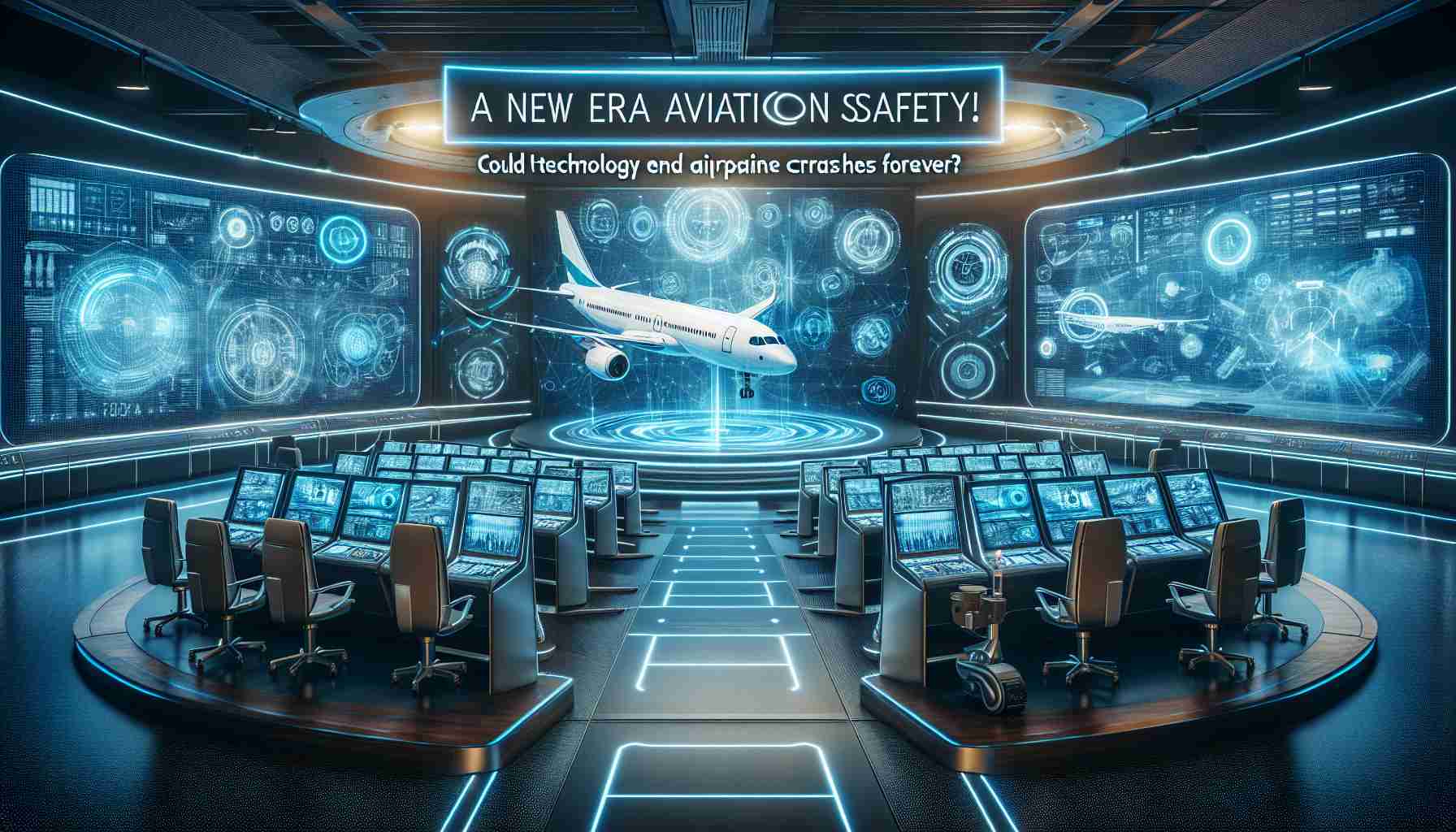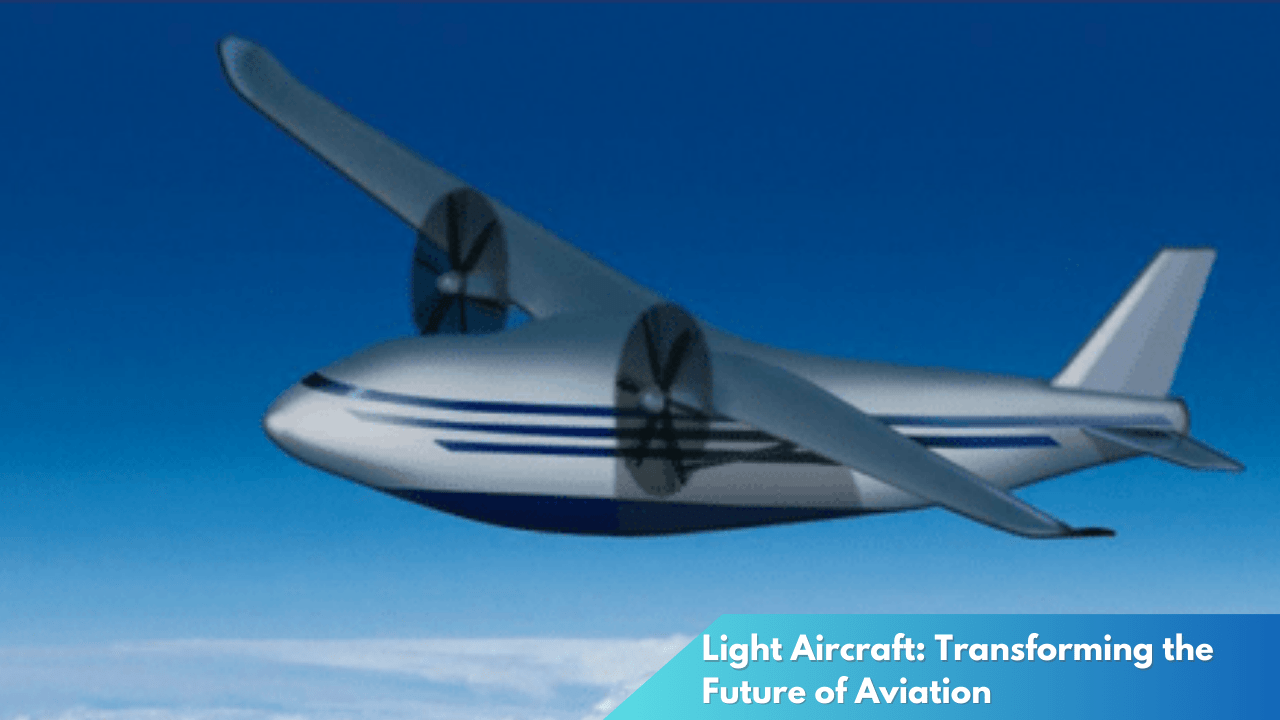Light Aircraft: Transforming the Future of Aviation
In recent years, the aviation industry has witnessed a transformative shift with the emergence of light aircraft as key players in revolutionizing air travel. These smaller, more nimble aircraft have introduced new possibilities for personal and commercial aviation, promising to reshape how we think about air transport. As technological advancements continue to unfold, light aircraft are poised to lead the charge in making air travel more accessible, efficient, and environmentally friendly.
Light Aircraft Revolutionizing Air Travel

Light aircraft are becoming increasingly significant in the world of air travel due to their versatility and cost-effectiveness. These aircraft, typically weighing less than 12,500 pounds, offer a unique advantage in connecting remote areas and smaller airports that are often inaccessible to larger commercial planes. This opens up new routes and opportunities for communities previously underserved by major airlines, facilitating regional connectivity and economic development in rural areas. By reducing travel times and bridging geographical divides, light aircraft are democratizing access to air travel.
Moreover, light aircraft are transforming the economics of air travel. Their lower operating costs make them an attractive option for smaller airlines and private operators, allowing for more competitive pricing and increased frequency of flights. This shift is particularly beneficial for business travelers and tourists who seek flexibility and convenience without the hassle of large airport logistics. Additionally, the rise of on-demand flight services and air taxi operators utilizing light aircraft is reshaping the industry by offering personalized and direct travel experiences that align with today’s consumer preferences for speed and efficiency.
Environmental concerns are also propelling the growth of light aircraft within the aviation sector. With advancements in fuel-efficient engines and electric propulsion systems, these aircraft are becoming increasingly sustainable alternatives to traditional commercial planes. Manufacturers are investing heavily in research and development to reduce carbon emissions and noise pollution, aligning with global efforts to combat climate change. As a result, light aircraft are not only revolutionizing air travel but are also setting new standards for environmental responsibility in the aviation industry.
A New Era in Aviation Technology Unfolds

The rise of light aircraft marks the dawn of a new era in aviation technology, driven by innovative advancements that are reshaping the industry. Breakthroughs in materials science have led to the development of lighter and stronger composites, enhancing the performance and safety of light aircraft while reducing operational costs. These advancements have facilitated the production of more aerodynamic designs, resulting in improved fuel efficiency and range capabilities. As technology continues to evolve, the potential for even more sophisticated designs and enhanced flight experiences grows exponentially.
The integration of digital technology and automation is another pivotal factor in the evolution of light aircraft. Modern avionics systems now incorporate advanced navigation, communication, and autopilot functionalities, improving flight safety and reducing pilot workload. Moreover, the advent of artificial intelligence and predictive analytics is paving the way for smarter flight planning and maintenance strategies, ensuring optimal performance and reducing downtime. This technological integration is empowering pilots and operators to optimize operations while maintaining high standards of safety and efficiency.
Furthermore, the development of electric and hybrid propulsion systems is revolutionizing the potential of light aircraft. These systems offer significant reductions in fuel consumption and emissions, providing a more sustainable mode of air travel. Companies like Joby Aviation and Eviation Aircraft are leading the charge with electric vertical takeoff and landing (eVTOL) aircraft, which promise to redefine urban mobility. As these technologies mature, they are expected to usher in an era of environmentally friendly and economically viable air transportation, solidifying the role of light aircraft as pioneers in the future of aviation.
As light aircraft continue to transform the landscape of air travel, they represent a paradigm shift in how we perceive and utilize aviation. By enhancing connectivity, driving technological innovation, and addressing environmental challenges, these aircraft are poised to play a crucial role in the future of the aviation industry. As we look to the skies, the potential of light aircraft to deliver a more accessible, efficient, and sustainable air travel experience is not just a possibility but an emerging reality.



